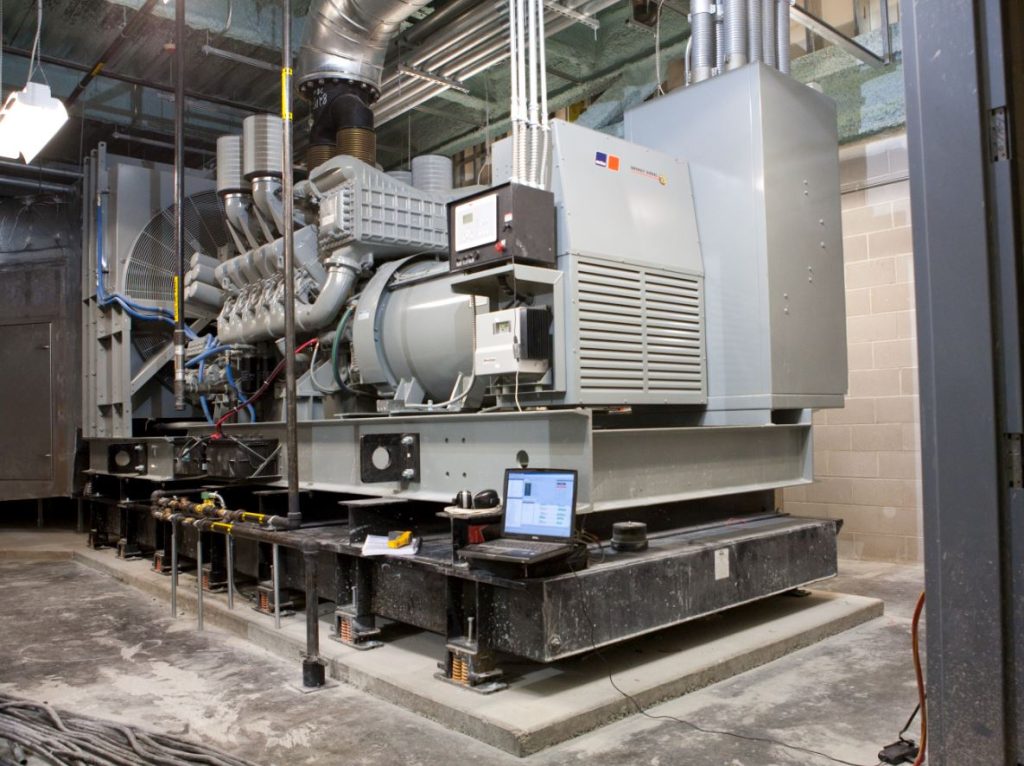Generators, despite what some think, are not plug-and-play. It’s true that most manufacturers follow international rating standards for generator performance parameters. Small variations by manufacturers, however, can cause confusion and an underperforming generator. As you’re considering your next generator, understand these three areas.
Gross Power Output versus Net Power Output: A generator’s gross power output refers to the maximum amount of power available from the genset. This is without factoring in the electrical power it uses during operation. The net power rating refers to the maximum amount of power available from the genset after subtracting the electrical power it consumes during operation. For example, if a genset has a gross power rating of 3,100kw and the cooling package uses 100kW to power the cooling fan, then the gen-set’s net power is 3,000kW. Understanding the definition of both terms and how they interact is key to determining your true power needs. This is also key to determining if the generator you’re considering can meet those demands.
Load factor: The average load factor of a generator set is determined by measuring its performance during a 24-hour period. Engineers at the design stage study a facility load profile. They determine the generator size based on the maximum demand and the average predicted load a generator would need to handle. If you think about it, a building’s energy usage will vary throughout the day. It will be heavier during normal business hours as lights, computers, and air conditioning needs are the greatest. Energy usage will taper off as workers go home. International standards require manufacturers to design gensets to meet a 70 percent load factor. mtu gensets, however, are designed to operate at an average daily load of 85 percent. Customers effectively get 15 percent more average loading out of mtu systems than the competition. One final point of consideration in selecting the right generator for your needs is the consideration of future expansion possibilities. This is to ensure you’re purchasing the correct unit size. 
Maximum run time: The maximum run time under international standards is determined under generator test conditions. So how does that translate to a generator’s operation during a long-term outage? Unfortunately, you won’t get a uniform answer. Manufacturers do their best to make estimates. mtu, for example, sets a maximum run time of 500 hours annually, compared to 50 to 200 hours from competitors. Go beyond that and some manufacturers have internal governors that shut the unit down. mtu units will continue to operate with the only repercussion being a standard maintenance visit coming sooner rather than later.
Understanding these three key areas of a generator’s capabilities will greatly help you in choosing a unit that fits your needs and operates cost-effectively. Pacific Power Group has experience with mtu units across a broad range of markets to assist in your generator selection. Let us know how we can help.

